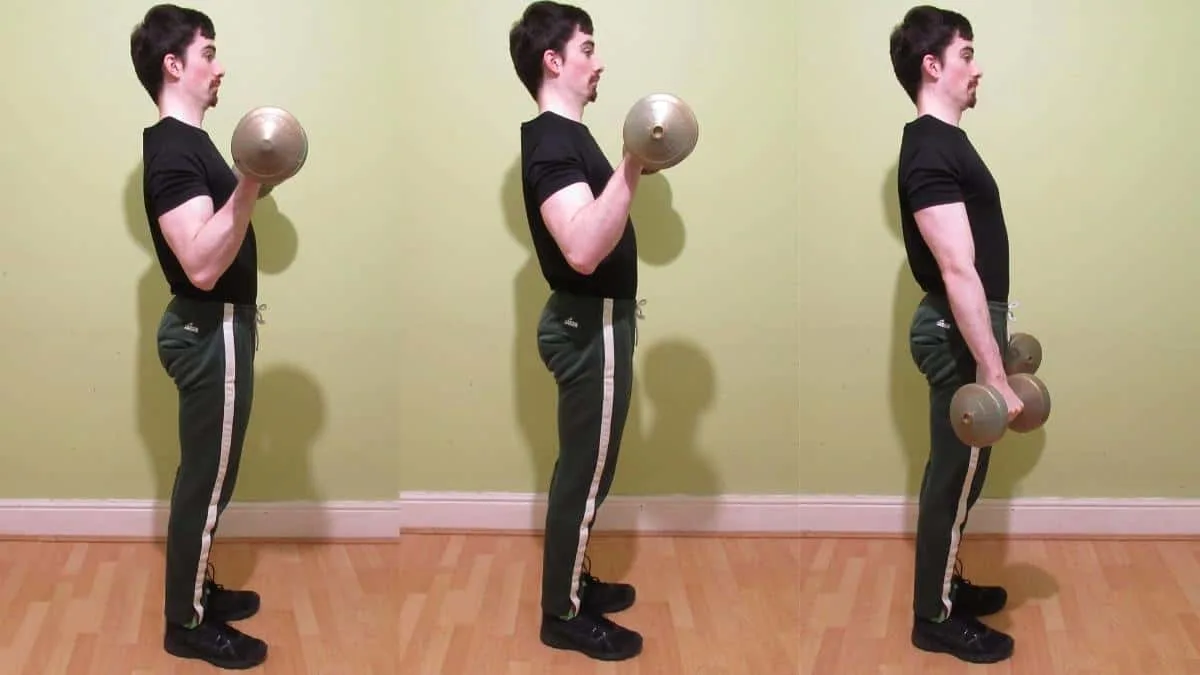Zottman bicep curls are an old-school arm exercise that’s renowned for building mass in the brachialis, brachioradialis, and, of course, in the biceps as well. This tutorial shows you how to do a standing Zottman curl with the optimal muscle-building form so that you can achieve great bicep workouts every time you hit the gym or perform a bicep workout at home.
Standing Zottman curl exercise details
- Main Muscles: Biceps brachii, brachioradialis, brachialis
- Secondary Muscles: Forearm extensors, forearm flexors
- Exercise Type: Strength
- Exercise Mechanics: Isolation
- Difficulty Level: Intermediate
- Equipment Needed: Dumbbells
How to do the Zottman curl
- Grab two dumbbells and hold them by your sides with a supinated (underhand) grip.
- Curl the weights toward your shoulders.
- Squeeze your biceps forcefully at the top of the rep.
- Rotate your palms so that you’re now holding the dumbbells with a pronated (overhand) grip.
- Lower the weights slowly while maintaining this pronated grip.
- Keep lowering the weights until your elbows reach full extension.
- Then rotate your palms back into a supinated position, ready for the next rep.
- Perform 3-5 sets of 6-12 reps in total.
Zottman curl benefits
There are numerous Zottman curl benefits that you’ll be able to enjoy when you make this exercise a permanent fixture in your arm training routine (it makes a great addition to a killer back and bicep workout!). Just make sure to always use the proper form so that you can realize these benefits for yourself.
Bigger brachioradialis
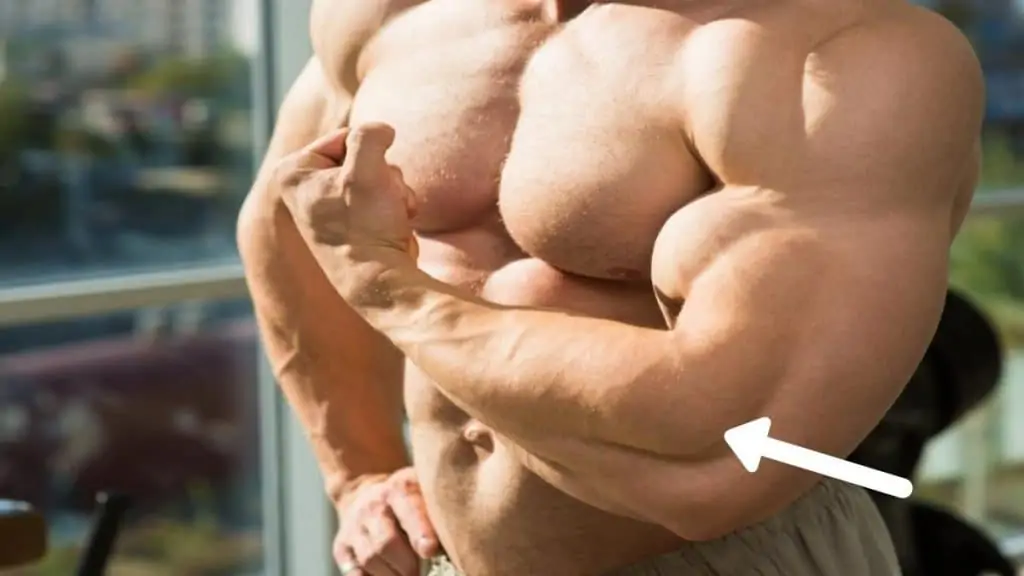
The brachioradialis is a thick forearm muscle that sits below the biceps and which visually connects the lower and upper arms. [1] Standing Zottman curls are particularly effective for building the brachioradialis because they put the biceps in a position of mechanical disadvantage during the eccentric portion of the rep.
As such, your biceps can’t contribute much force toward the lifting motion as you’re lowering the weight. This means that your brachioradialis has to pick up the slack, and so it naturally receives more growth-stimulating tension.
But that’s not all. Since you’re curling with a supinated grip during the concentric phase of the rep, you can naturally lift heavier weights than if you just used an overhand grip for the entirety of your reps and sets. The result?
Your brachioradialis gets overloaded with even more muscle-building resistance because your biceps help it to lift the weight. But on the way down, your brachioradialis and brachialis become the prime movers and thus benefit from even more tension than they’d get from a regular overhand curl.
Better brachialis development
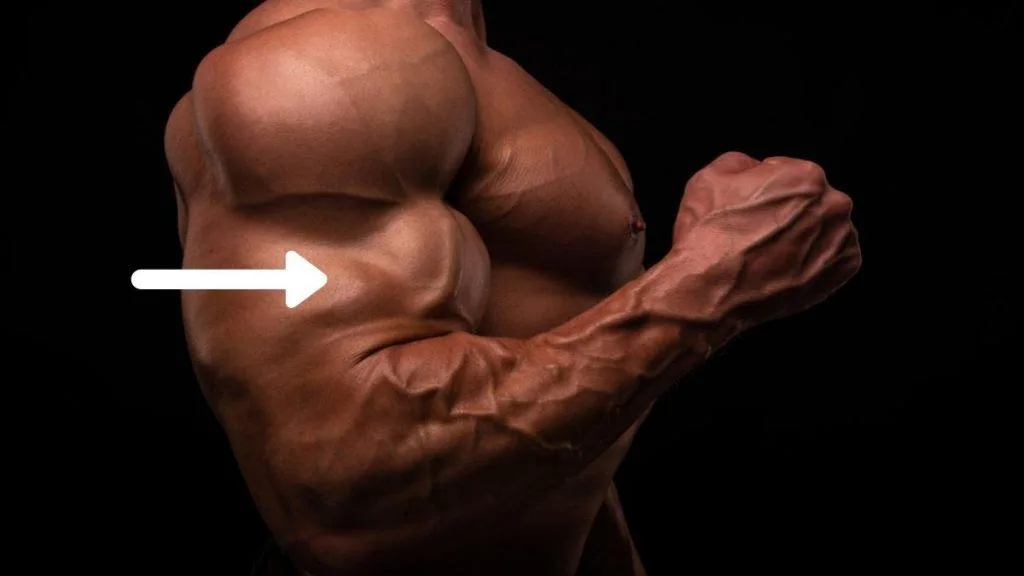
As mentioned, dumbbell Zottman curls lets you overload your brachialis and brachioradialis with more resistance than any other arm exercise because you have your biceps to help them lift the weight during the concentric portion of the rep. [2] However, during the eccentric phase of the lifting motion, your brachialis and brachioradialis are all alone, which means that they receive the lion’s share of the tension, which in turn will lead to more muscle growth over the long run.
But there’s a catch. The brachialis is a slow-twitch, fatigue-resistant muscle that responds best to higher repetitions and slow lifting tempos. Therefore, you can’t just overload it with heavy weight if you want to develop it optimally.
Your best bet is to go heavy on your initial DB Zottman curl sets so that you can focus on breaking down the fast-twitch muscle fibers. But on the final few sets, make a special effort to slow down your rep tempo so that you can recruit the remaining slow-twitch muscle fibers and build your brachialis to the size that it deserves to be (it’s a very powerful elbow flexor).
In practice, when you’re doing bicep exercises with dumbbells like the Zottman curl, you ideally want to lower the weight over a 5-second duration on your final sets so that you generate plenty of time under tension for the workhorse arm muscle that’s known as the brachialis. [3]
More symmetrical arms

Many lifters already have good biceps from all of the supinated curls that they do. However, they often also have much weaker brachialis and brachioradialis development in relation to that of their biceps because they don’t do enough curls with an overhand grip.
As such, Zottman dumbbell curls can be a big helping hand because they prioritize the two arm muscles—brachialis and brachioradialis—that most people need to work on. And best of all, they emphasize these two muscles during the eccentric phase of the rep, which is the part of the lifting motion that creates the most muscle damage and leads to the greatest hypertrophy.
The end result—if you perform Zottman curls consistently—will be more symmetrical arms and a more proportional physique now that your biceps don’t make their neighboring muscles look so small.
You can also see our Zottman curl vs hammer curl comparison if you want another point of reference for this exercise. We also have a good chest and bicep workout that contains Zottman curls if you’re looking for a complete routine to follow.
Zottman curl alternatives and variations
There are more than 7 types of Zottman curl that you can do to build your arms. This article covers 3 variations in total, but if you want to see more types of bicep curls, then you click the links below for complete guides to each version of the Zottman curl.
- Zottman preacher curl
- Seated Zottman curl
- Kettlebell Zottman curl
- Cable Zottman curl
- Resistance band Zottman curl
- TRX Zottman curl
One arm Zottman curls

One arm dumbbell Zottman curls help to improve your mind-muscle connection because you only need to focus on training one arm at a time. This heightened level of focus is highly beneficial if you have muscle imbalances that you’d like to correct.
This version is also handy for beginners to learn the correct technique because it’s easier to master the proper form when you only need to think about moving one arm.
The only downside is that you might feel slightly off-balance during one arm DB Zottman curls because the weight will be trying to tilt your torso to one side.
Of course, if you have decent core strength, then the increased stabilization requirement that the unilateral version naturally demands shouldn’t be too much of a problem. However, it may also make it harder to focus on your biceps and Co if you constantly have to think about keeping your abs tight.
Kneeling Zottman curl
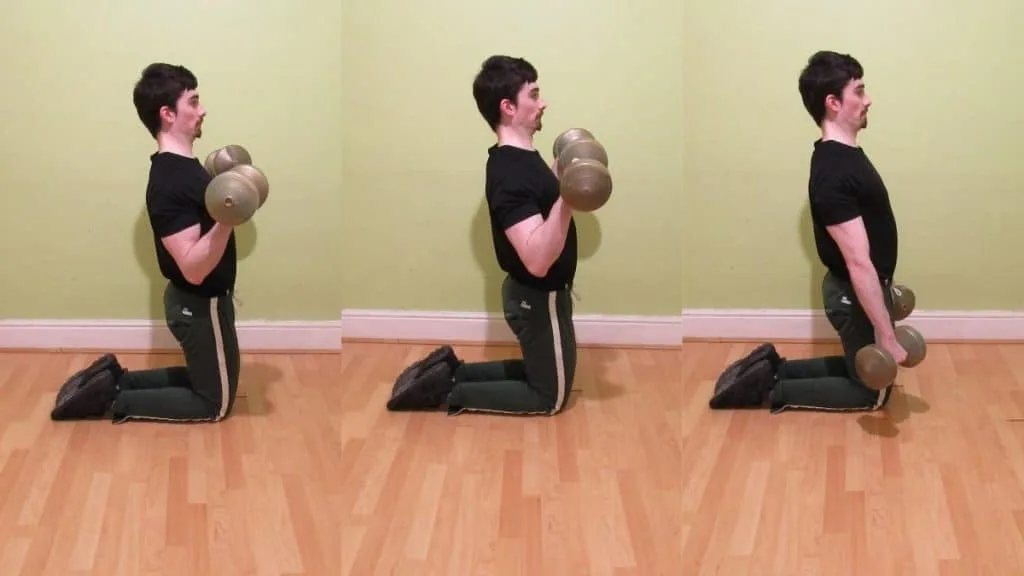
The kneeling Zottman curl is a peculiar variation that’s likely only useful if you have a tendency to swing the dumbbells up with your back, legs, or hips during the standing Zottman curl.
Again, this tall kneeling position increases the core stability requirements of the exercise, which may make it harder to maintain a strong mind-muscle connection with your biceps.
Nonetheless, it’s still one of the most effective bicep exercises for women and those who want to strengthen their core while blasting their biceps.
Zottman curl FAQ
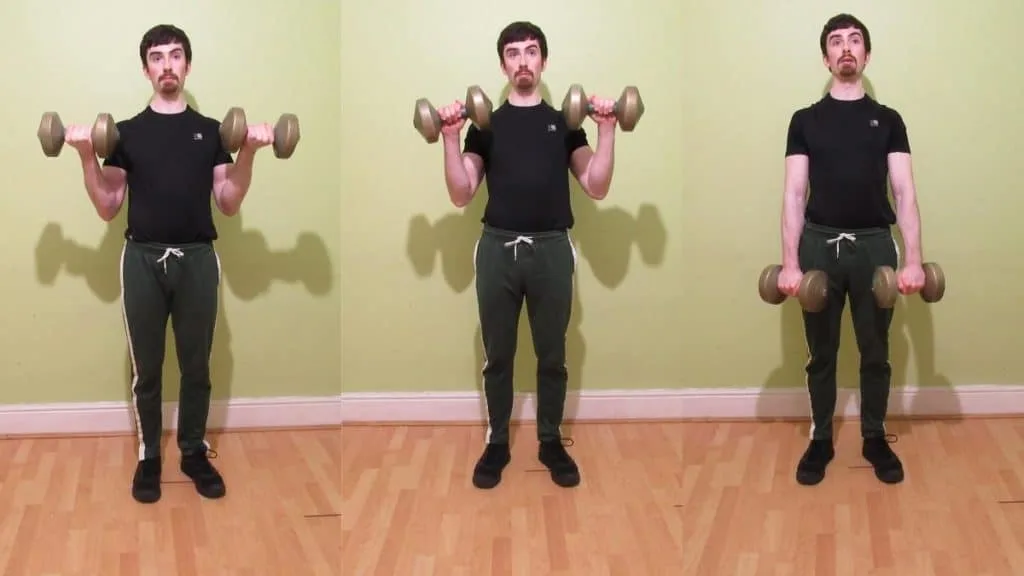
What is a Zottman curl?
The Zottman curl is an old-school arm exercise that’s performed by weight lifters who want to improve their brachialis and brachioradialis development. It’s typically performed standing and always with dumbbells so that the trainee can rotate their palms from a supinated to a pronated grip at the halfway point of the exercise.
What muscles do Zottman curls work?
The Zottman curl works the biceps brachii, brachialis, brachioradialis, and also the forearms flexors and extensors, but to a lesser degree than the first three muscles.
Who invented the Zottman curl?
The Zottman bicep curl was invented by American strongman George Zottman, a notable 19th-century weight lifter.
Are Zottman curls safe?
Zottman curls are similar to regular curls and are thus perfectly safe, providing that you don’t have any preexisting medical conditions or muscular injuries. Always check with your doctor to make sure that your body can handle the exercise.
Are Zottman curls effective?
Yes, standing Zottman curls are effective for building overall arm size because you curl the weight up with your biceps and then lower it with an overhand grip, which forces your brachioradialis and brachialis muscles to handle the majority of the tension.
How many sets of Zottman curls should you do?
You should perform 3-5 sets of Zottman curls and do 6-12 reps on each set. This approach ensures that your muscles receive sufficient training volume in order to grow bigger and stronger.
Read More: Fast biceps workout
Conclusion: Should you do Zottman curls?
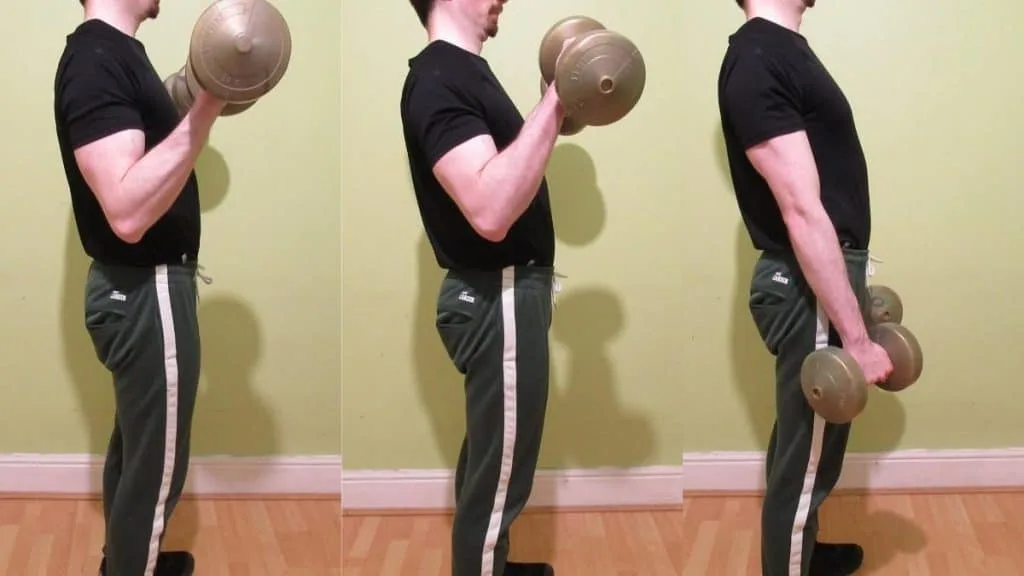
The DB Zottman curl is a one-of-a-kind arm exercise because it overloads your brachioradialis and brachialis muscles more effectively than any other movement.
This is because your biceps help out during the concentric phase of the rep, which naturally means that you can lift more resistance. And so, during the eccentric portion of the rep, your brachialis and brachioradialis are forced to handle more tension than they otherwise would be if you’d just curled the weight up with an overhand grip (in which case your biceps wouldn’t have been able to help as much, and so you’d have to lift lighter).
References
- Jones, J., & Bell, D. J. (2021). Brachioradialis muscle | Radiology Reference Article | Radiopaedia.org. Radiopaedia. https://radiopaedia.org/articles/brachioradialis-muscle
- Naito, A., Yajima, M., Fukamachi, H., Ushikoshi, K., Sun, Y. J., & Shimizu, Y. (1995). Electromyographic (EMG) Study of the Elbow Flexors during Supination and Pronation of the Forearm. The Tohoku Journal of Experimental Medicine, 175(4), 285–288. https://doi.org/10.1620/tjem.175.285
- Kulig, K., Powers, C. M., Shellock, F. G., & Terk, M. (2001). The effects of eccentric velocity on activation of elbow flexors: evaluation by magnetic resonance imaging. Medicine and Science in Sports and Exercise, 196–200. https://doi.org/10.1097/00005768-200102000-00004

